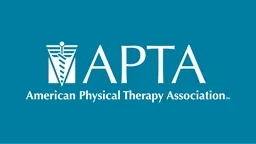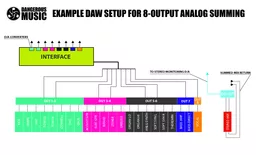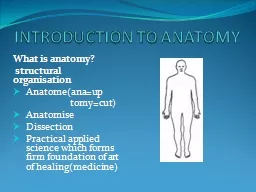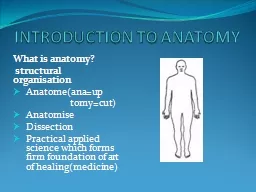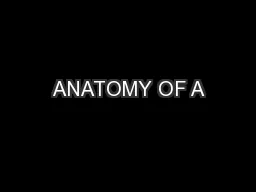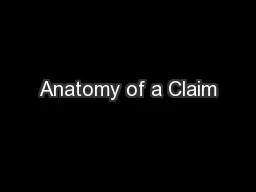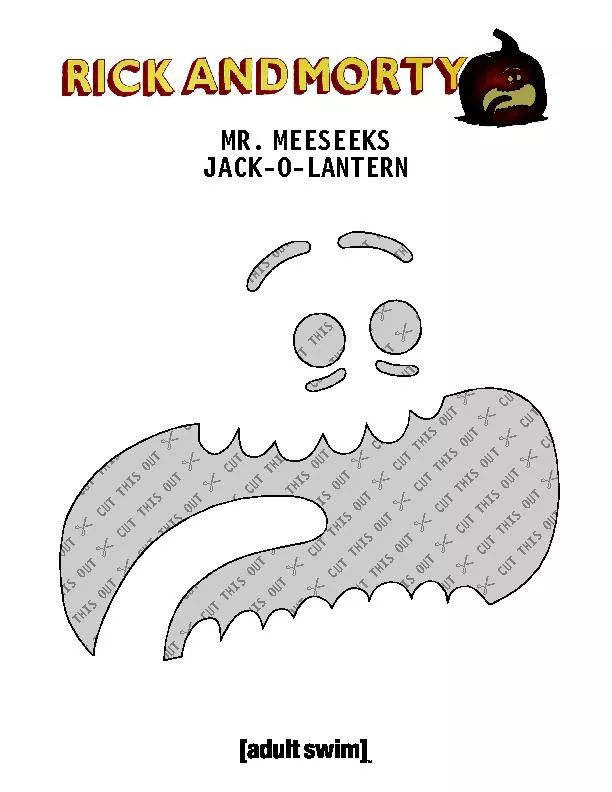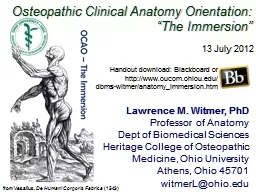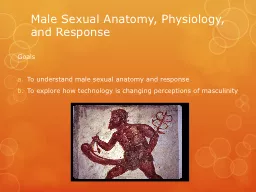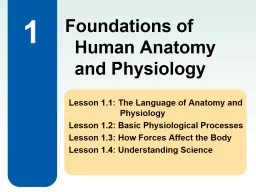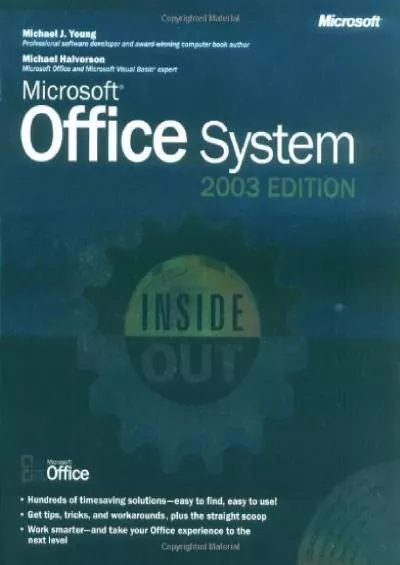PPT-Anatomy From The Inside Out:
Author : kittie-lecroy | Published Date : 2019-11-19
Anatomy From The Inside Out A 3D Kinesthetic Learning Method Beth Moody Jones PT DPT EdD Stephanie Muth PT PhD Disclosure No relevant financial relationships We
Presentation Embed Code
Download Presentation
Download Presentation The PPT/PDF document "Anatomy From The Inside Out:" is the property of its rightful owner. Permission is granted to download and print the materials on this website for personal, non-commercial use only, and to display it on your personal computer provided you do not modify the materials and that you retain all copyright notices contained in the materials. By downloading content from our website, you accept the terms of this agreement.
Anatomy From The Inside Out:: Transcript
Download Rules Of Document
"Anatomy From The Inside Out:"The content belongs to its owner. You may download and print it for personal use, without modification, and keep all copyright notices. By downloading, you agree to these terms.
Related Documents

